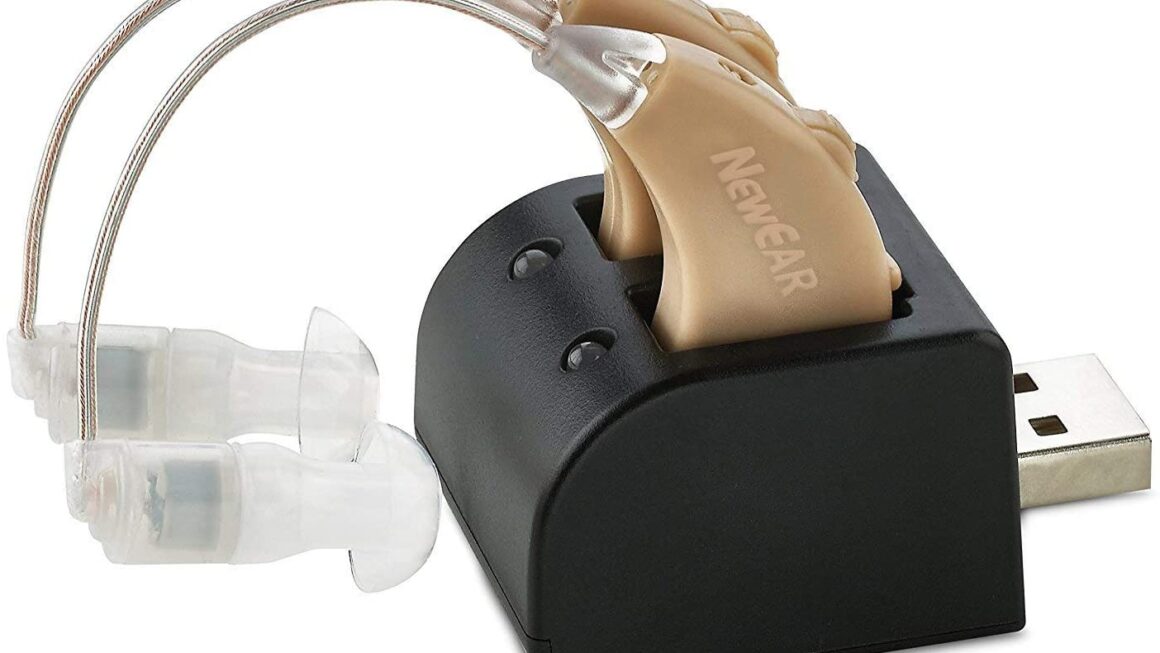Deep Brain Stimulation, or DBS, is a procedure that involves an implanted device in the brain that delivers electric current to the brain and stimulates brain activity. DBS is a surgery that helps in the management of Parkinson’s disease. The release of an electric current into the areas of the brain improves brain and physical activity.
Apart from its use in Parkinson’s disease, the procedure can resolve symptoms of epilepsy. Deep brain stimulation surgery reduces the impact of neurodegenerative diseases. The surgery is completed with the implant of electrodes and electrical stimulation setup under the skin to ensure healthy brain activity levels.
Usually, neuropsychiatric conditions are managed with the help of medications. However, in severe cases where brain activity decreases, such implants from DBS are necessary. DBS is used to replace medications with side effects so that the symptoms of Parkinson’s disease are resolved without negative effects.
Why is DBS needed?
Deep Brain Stimulation surgery is needed to improve the activity of neurons so that brain health is maintained. The electrodes stimulate the nerves and restore neural activity in crucial areas of the brain. Deep Brain stimulation surgery is usually done in conditions that affect neural activity severely and cause neural dysfunction.
Without medications or DBS, the neurons lose their activity and can cause movement issues. Deep Brain Stimulation surgery is done to maintain neural activity so that the patient’s natural abilities are not affected. After deep brain stimulation surgery, the patient can lead a normal life with all kinds of physical and cognitive activity. Deep Brain Stimulation Surgery is used to treat Parkinson’s disease and other brain diseases.
For example, it can be used to treat conditions such as dystonia, essential tremor, and epilepsy. In epilepsy cases that are not resolved with medication, DBS is a good approach. For Parkinson’s disease, the deep brain stimulation approach is taken when brain activity declines and medications do not work. The approach is also taken for cases of medicine-resistant obsessive-compulsive disorder.
How does the Deep brain stimulation surgery work?
Research is still going on about how exactly deep brain stimulation surgery works. However, the basic technique is to regulate the abnormal activity of the brain neurons. Brain cells communicate with each other through the use of electrical signals. Usually, healthy nerves can send out electrical signals and maintain healthy activity and movement.
However, in Parkinson’s disease and other neuropsychiatric diseases, the level of brain activity is negatively affected. The irregular and uncoordinated signals are coordinated with the help of artificial current sent out from implanted electrodes that mimic natural neuron activity. DBS implant interrupts abnormal activity and smoothens out neural activity patterns to maintain regular movements and activity.
The parts of the DBS system
The DBS system has different parts that work together to create electrical activity. The different parts of the deep brain stimulation system are as follows-
A thin lead wire is implanted in the part of the brain that shows abnormal activity levels.
The lead wire is connected to an electric signal generator or a pacemaker which sends electrical signals to the brain. The pacemaker is connected with the lead with the help of another conducting wire.
The whole system has an external remote that controls the level of the electrical activity emitting out of the pulse generator.
The procedure of Deep Brain Stimulation Surgery
The neurologist puts the implant in place and then controls the level of electrical activity so that the electrical signals can coordinate neural activity. The neurologist also trains the patient and caregiver to control the electrode system. The caregiver can turn the system on or off depending on the requirement. The caregiver can also change the battery of the pulse generator externally.
The Deep brain stimulation procedure is a complex surgery. It takes more than one intervention to complete the pulse generator implant process. The first procedure is to implant the electrodes on the two sides of the brain at the same time. The second procedure helps implant the pulse generator under the upper chest region so that the DBS system starts functioning. The neurosurgeon starts the process with lead placement which is done under anesthesia.
Also Read more about Everything You Need to Know about Parkinson Diseases and get aware of it.
Conclusion
After the procedure is complete, the patient has to do follow-up visits with the neuro specialist for programming and control of the DBS system. Deep brain stimulation systems are becoming more and more advanced, which allows the patient to control the system externally. This procedure has shown positive results for patients with Parkinson’s disease. DBS systems have long life span batteries that ensure proper functioning for a long time. Where medications won’t work, deep brain stimulation systems show promising results.












